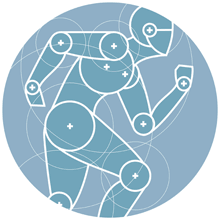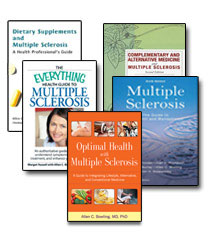Kava kava is claimed to have relaxant effects. People in the Pacific islands have used kava kava for centuries. The active compounds in this herb, called kavalactones or kavapyrones, act on the same proteins in the nervous system as diazepam (Valium), an anti-anxiety medication. Some research suggests that kava kava may improve mild anxiety, although it does not appear to help with more severe anxiety. Kava kava is also claimed to be effective for treating insomnia; however, this claim has not been thoroughly researched. Another herb, called valerian has been more thoroughly researched for treating insomnia – see Valerian section for more information.
Anti-anxiety drugs often have sedating effects. Kava kava itself does not seem to have this side effect, although it does appear to amplify the sedating effects of alcohol and many medications. Its effects on MS-associated fatigue are not known. If kava kava is used heavily for an extended period of time it may cause red eyes, itching, skin problems, and other difficulties.
Kava kava was long considered to be relatively safe, but, in 2001, liver toxicity began to be reported in association with kava kava use. In some instances, people have required liver transplantation or died due to kava kava-associated liver toxicity. The United States FDA has since issued warnings about kava kava, while Europe and Canada have banned the herb altogether. Taking this information into consideration, it is recommended that kava kava should not be used due to serious safety concerns.
References and Additional Reading
Books
Bowling AC. Complementary and Alternative Medicine and Multiple Sclerosis. New York: Demos Medical Publishing, 2007.
Bowling AC, Stewart TS. Dietary Supplements and Multiple Sclerosis: A Health Professional’s Guide. New York: Demos Medical Publishing, 2004.
Jellin JM, Batz F, Hitchens K, et al. Natural Medicines Comprehensive Database. Stockton, CA: Therapeutic Research Faculty, 2009.
Ulbricht CE, Basch EM, eds. Natural Standard Herb and Supplement Reference: Evidence-Based Clinical Reviews. St. Louis: Elsevier-Mosby, 2005.






